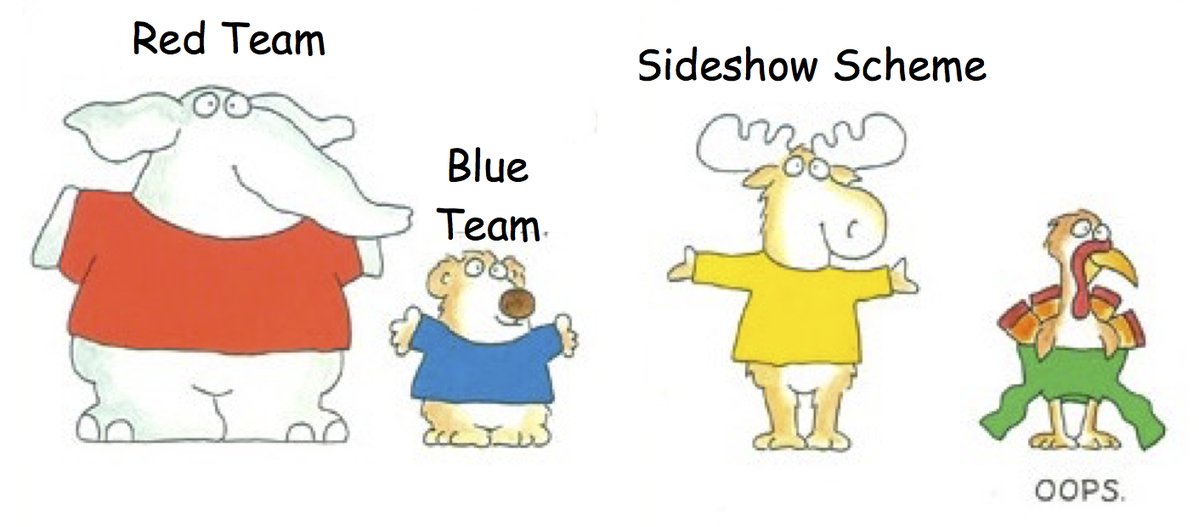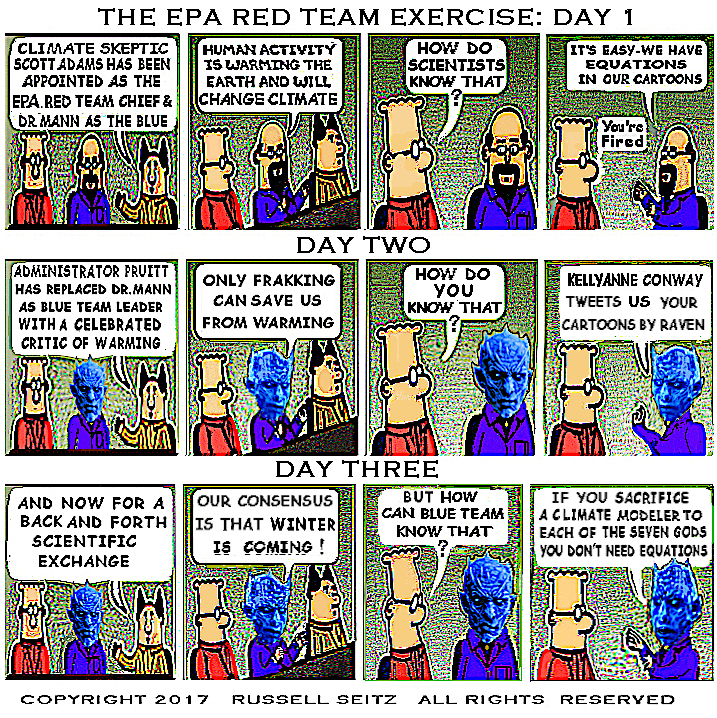This month’s open thread. Lawsuits about scientific disputes, the new Climate Science Special Report from the National Climate Assessment, and (imminently) the WMO State of the Climate statement for 2017.
O Say Can You CO2…
Guest Commentary by Scott Denning
The Orbiting Carbon Observatory (OCO-2) was launched in 2014 to make fine-scale measurements of the total column concentration of CO2 in the atmosphere. As luck would have it, the initial couple of years of data from OCO-2 documented a period with the fastest rate of CO2 increase ever measured, more than 3 ppm per year (Jacobson et al, 2016;Wang et al, 2017) during a huge El Niño event that also saw global temperatures spike to record levels.
As part of a series of OCO-2 papers being published this week, a new Science paper by Junjie Liu and colleagues used NASA’s comprehensive Carbon Monitoring System to analyze millions of measurements from OCO-2 and other satellites to map the impact of the 2015-16 El Niño on sources and sinks of CO2, providing insight into the mechanisms controlling carbon-climate feedback.
[Read more…] about O Say Can You CO2…
References
- J. Wang, N. Zeng, M. Wang, F. Jiang, H. Wang, and Z. Jiang, "Contrasting terrestrial carbon cycle responses to the two strongest El Niño events: 1997–98 and 2015–16 El Niños", 2017. http://dx.doi.org/10.5194/esd-2017-46
- J. Liu, K.W. Bowman, D.S. Schimel, N.C. Parazoo, Z. Jiang, M. Lee, A.A. Bloom, D. Wunch, C. Frankenberg, Y. Sun, C.W. O’Dell, K.R. Gurney, D. Menemenlis, M. Gierach, D. Crisp, and A. Eldering, "Contrasting carbon cycle responses of the tropical continents to the 2015–2016 El Niño", Science, vol. 358, 2017. http://dx.doi.org/10.1126/science.aam5690
1.5ºC: Geophysically impossible or not?
Guest commentary by Ben Sanderson
Millar et al’s recent paper in Nature Geoscience has provoked a lot of lively discussion, with the authors of the original paper releasing a statement to clarify that their paper did not suggest that “action to reduce greenhouse gas emissions is no longer urgent“, rather that 1.5ºC (above the pre-industrial) is not “geophysically impossible”.
The range of post-2014 allowable emissions for a 66% chance of not passing 1.5ºC in Millar et al of 200-240GtC implies that the planet would exceed the threshold after 2030 at current emissions levels, compared with the AR5 analysis which would imply most likely exceedance before 2020. Assuming the Millar numbers are correct changes 1.5ºC from fantasy to merely very difficult.
But is this statement overconfident? Last week’s post on Realclimate raised a couple of issues which imply that both the choice of observational dataset and the chosen pre-industrial baseline period can influence the conclusion of how much warming the Earth has experienced to date. Here, I consider three aspects of the analysis – and assess how they influence the conclusions of the study.
[Read more…] about 1.5ºC: Geophysically impossible or not?
Unforced variations: Oct 2017
Unforced Variations: Sep 2017
This month’s open thread…. and let’s stay on climate topics this month. It’s not like there isn’t anything climate-y to talk about (sea ice minimums, extreme events, climate model tunings, past ‘hyperthermals’… etc.). Anything too far off-topic will get binned. Thanks!
Sensible Questions on Climate Sensitivity
Guest Commentary by Cristian Proistosescu, Peter Huybers and Kyle Armour
tl;dr
Two recent papers help bridge a seeming gap between estimates of climate sensitivity from models and from observations of the global energy budget. Recognizing that equilibrium climate sensitivity cannot be directly observed because Earth’s energy balance is a long way from equilibrium, the studies instead focus on what can be inferred about climate sensitivity from historical trends. Calculating a climate sensitivity from the simulations that is directly comparable with that observed shows both are consistent. Crucial questions remain, however, regarding how climate sensitivity will evolve in the future.
[Read more…] about Sensible Questions on Climate Sensitivity
Unforced Variations: August 2017
Red team/Blue team Day 1
Unforced variations: July 2017
So, big news this week: The latest update to the RSS lower troposphere temperatures (Zeke at Carbon Brief, J. Climate paper) and, of course, more chatter about the red team/blue team concept. Comments?

